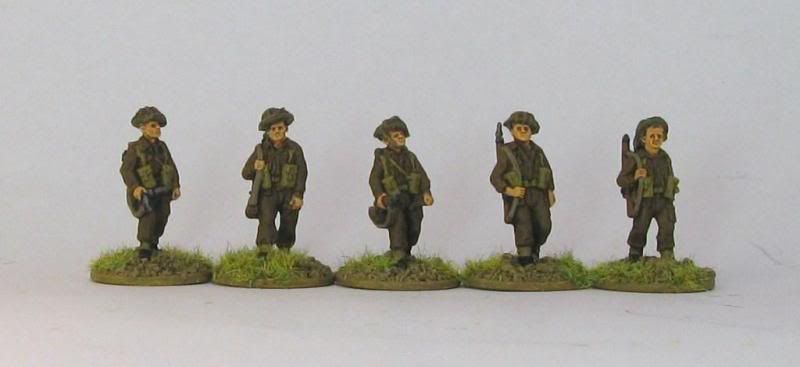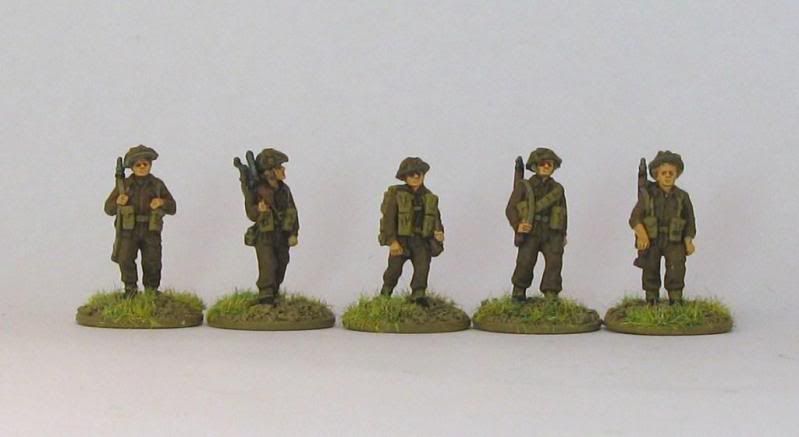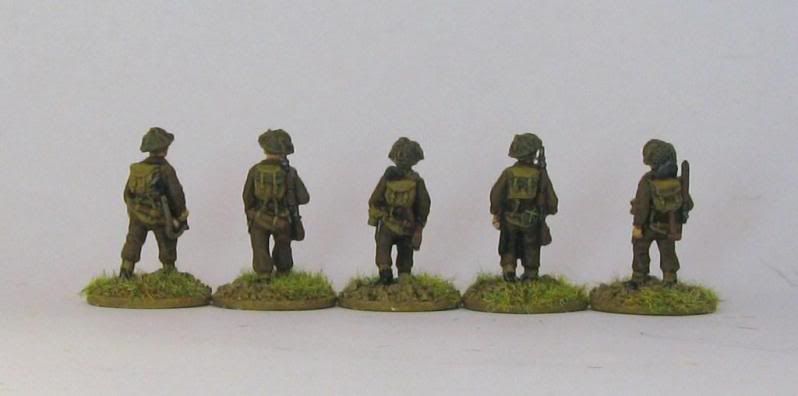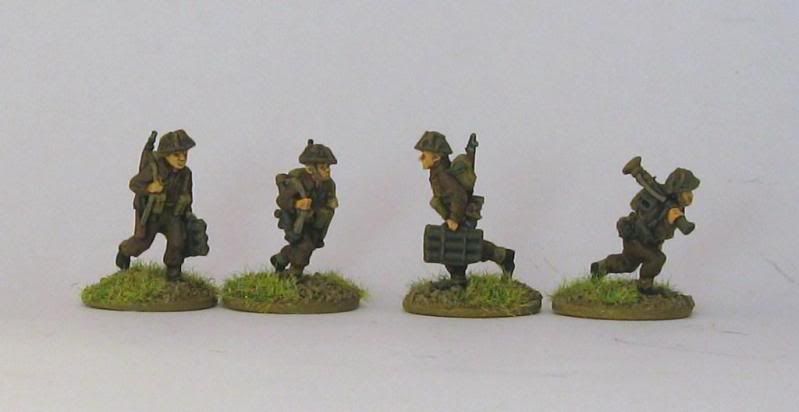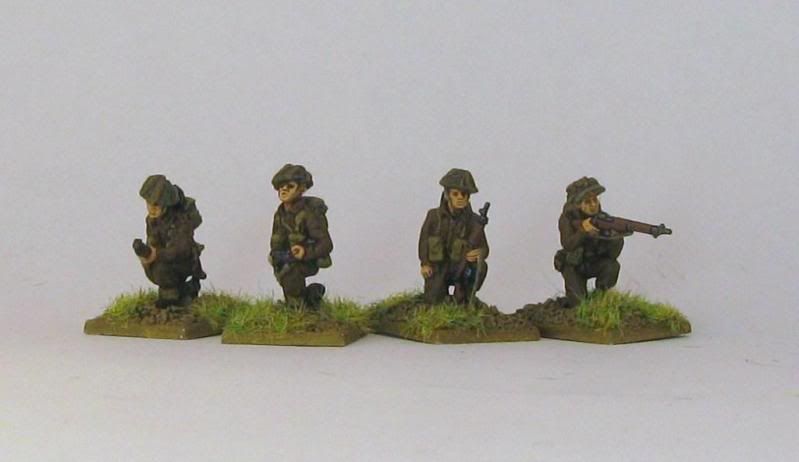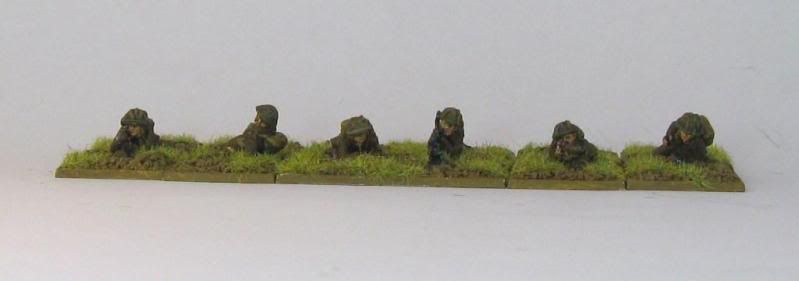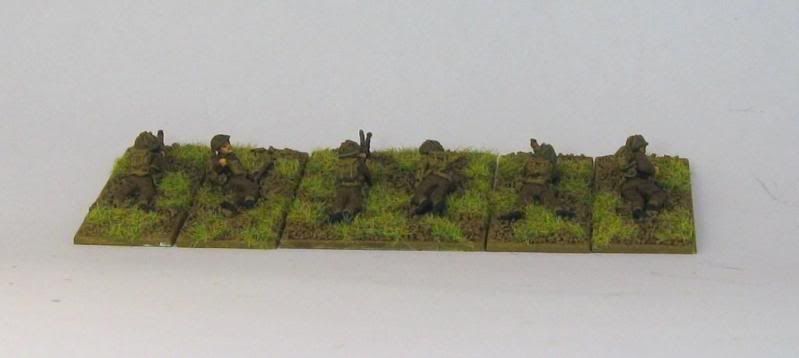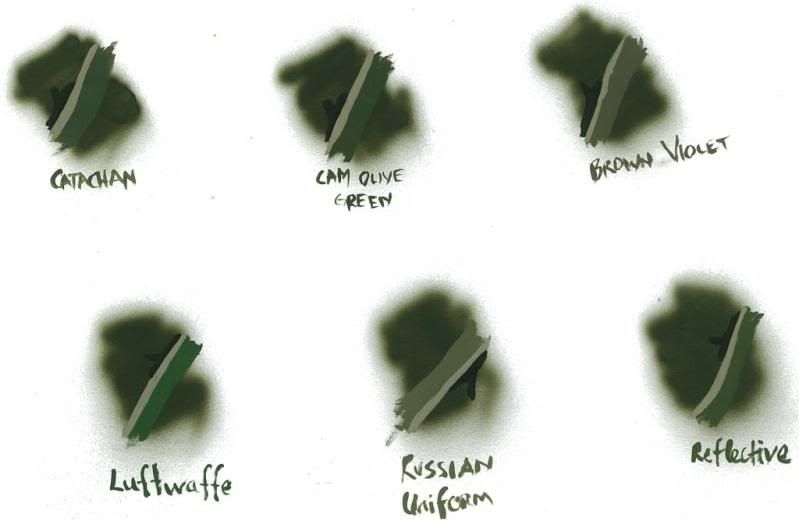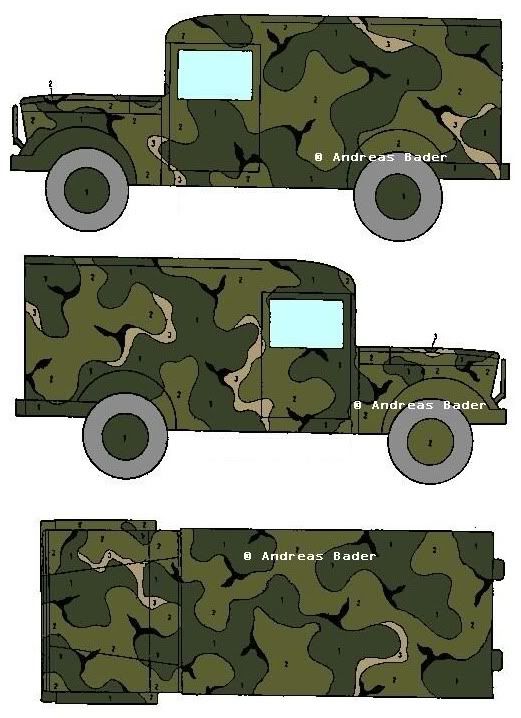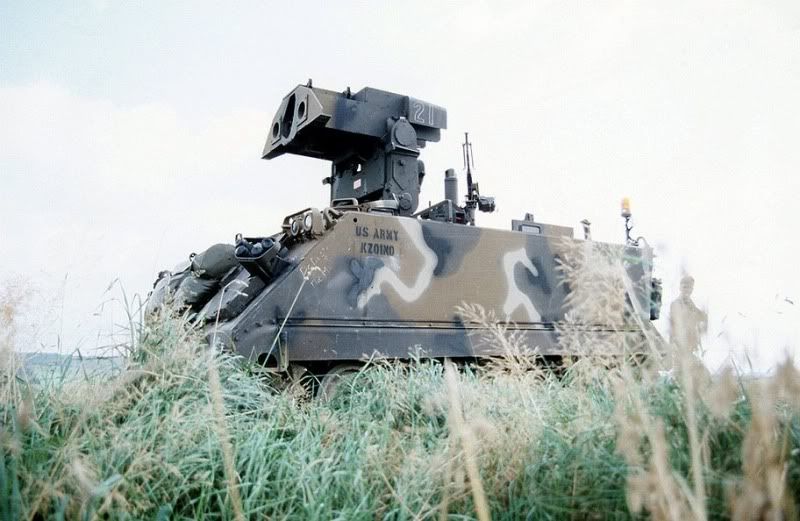
Warhammer Historical has recently come out with a new rulebook called Kampfgruppe – Normandy (KGN), by Warwick Kinrade. When I first heard rumour of this a while back my interest was piqued for some reason – mainly I guess because the rumour identified that the rules were aimed at 20mm.
At the time my WW2 miniature collection was 99.9% 15mm and I was quite happy with Battlefront’s Flames of War – but my modern’s collection was 100% 20mm and I was looking for a ruleset with which to replicate larger modern battles than I felt Force on Force could deal with.
Cold War Commander never quite clicked with me, and nor did FFT2, and I’ve never played Rapid Fire so the modern add-on to that was not really an option either. My larger Cold War have been played using a variant of Flames of War – which whilst handy – didn’t quite do it for me.
Anyway – so when KGN came out I immediately started to investigate it and look out for reviews – not that there were really any to find. Eventually Piers from
The Guild did a review and he was very impressed – and as I respect his opinion I thought it could have legs. I downloaded the
Rules Primer and some info on the
21st Panzer Division to get a better handle on the rules and then eventually went and bought it.
BTW the Guild now has a whole section on KGN that is worth looking at.
One thing that has bothered some people is the price tag – to get it to me in Oz basically cost me $80AUD which is more than a little hefty. I look at it this way. I own a bucket load of games and rulebooks. Most I paid top dollar for, most I have never played, and sadly most I will never play. That doesn’t mean I didn’t enjoy the experience of purchasing them, reading them etc. Did I get my monies worth – probably not… So, what I’m saying is, if I can get even a few games in with KGN – then despite paying $80 for it – I’ll have got more value for money from it than the majority of my other unplayed games – that’s my thinking anyway.
Value for Money
So – what do you get for your money. You get a book heavy enough to bludgeon someone to death with! 350 odd pages… but it is a really beautiful book – full of excellent colour photography of someone’s fantastic 20mm collections and so terrific original black & white photos from the period – most I had already seen elsewhere, but the odd one or two that were new to me.
Of the massive book, after a few intro pages – which must be read as they do have snippets of rules in them – you get about 54 pages of rules, history sections on the British and American sectors post D-Day, equipment data and background info for the Germans, British and Americans, 9 army lists, 2 linked campaigns (one for each sector) and 20 scenarios. That’s pretty damn good in my view.
Not what of the rules…
Well first up I have to say – very easy to read and straight forward. They are not some variant of 40K (like the Warhammer Historical WW1 game), WHFB or the Lord of the Rings system, but a completely new ruleset.
It is an IGOUGO system, but does have the capacity for overwatch (or covering fire as the rules call it) where you can interrupt your opponents turn.
I like the Command and Control system, where each turn you generate command points which allow you to activate units – but typically not enough for every unit you have to do exactly what they want. Once activated a unit can perform 2 actions – the choices of which are fairly standard.
Shooting is interesting as this set of rules allows you 2 different types of shooting – suppressing fire and direct fire. If you know some Jerries are in that grove of trees and want them to keep their heads down, your section decide to simply fire everything its got into the grove, hoping to suppress the enemy. Artillery, HE tank shells etc are also covered by suppressing fire.
Otherwise you could decide to try and observe the Jerries and take them under direct fire. This simply means your section is going to fire less, but more accurately and try and kill the enemy rather than simply suppress him. Its harder to do, but the results are more permanent. This is also how you fire AT guns at tanks etc.
There is a great mechanism for morale. Each unit in your force has a morale value ranging from 0 up to 8 or so for a full platoon. You add these all together and this gives you your battlegroup morale. As events happen in the game you draw chits from a morale pot – which are numbered from 1 to 4 and take these away from your battlegroup morale. Once you get to 0, your force has had enough and is forced to withdraw.
If you want to get some of your suppressed units back into the game (rather than hugging the dirt) you need to draw a chit from the morale pot. I like this very much.
So far we’ve played two games (at once – call me crazy) which I refereed and it all seemed to work fairly well. Would have been good if the other players had read the rules or at least the rules primer – but hey – it was all good fun and I’ll post up some AARs later in the week.
To help out with the game I created some Vehicle Cards for the players. Folks on the Guild seemed to think they were pretty good so I have now finished cards for all the British and German vehicles in the game. (You can find them on the right hand side of my blog. I’m working on the Yanks and should have them up in the next couple of days. All the images I used so far come from this excellent website
WW2 Drawings – and I hope he doesn’t mind my using the pics – which I am doing without permission but I in no way wish to breach his copyright or take any credit for his excellent pictures.
So – finally - does it look transferable to a Cold War setting. Definitely yes! Working on that now…
Have fun
Richard

